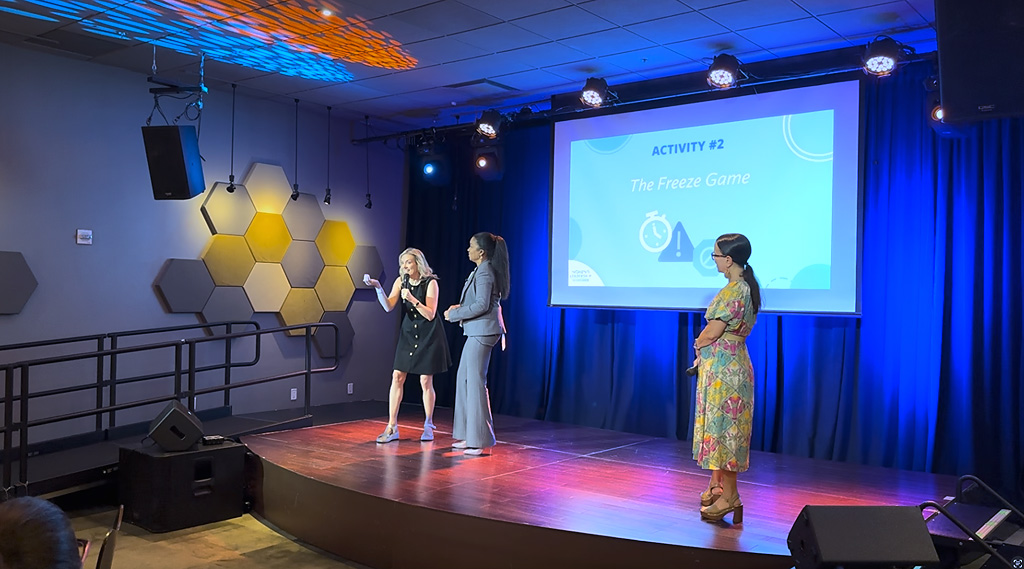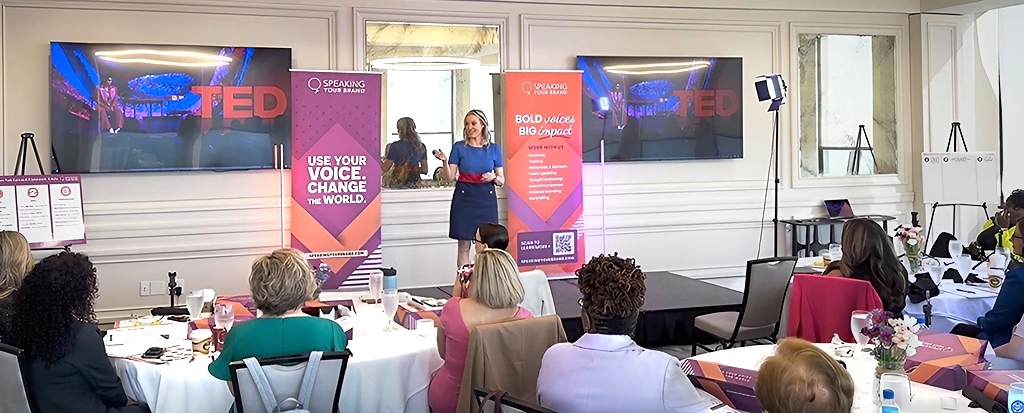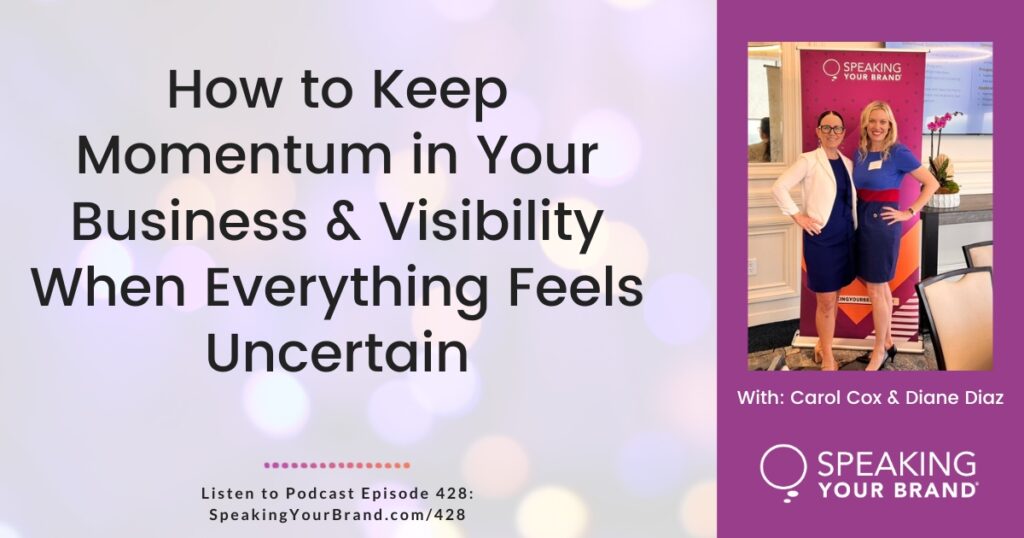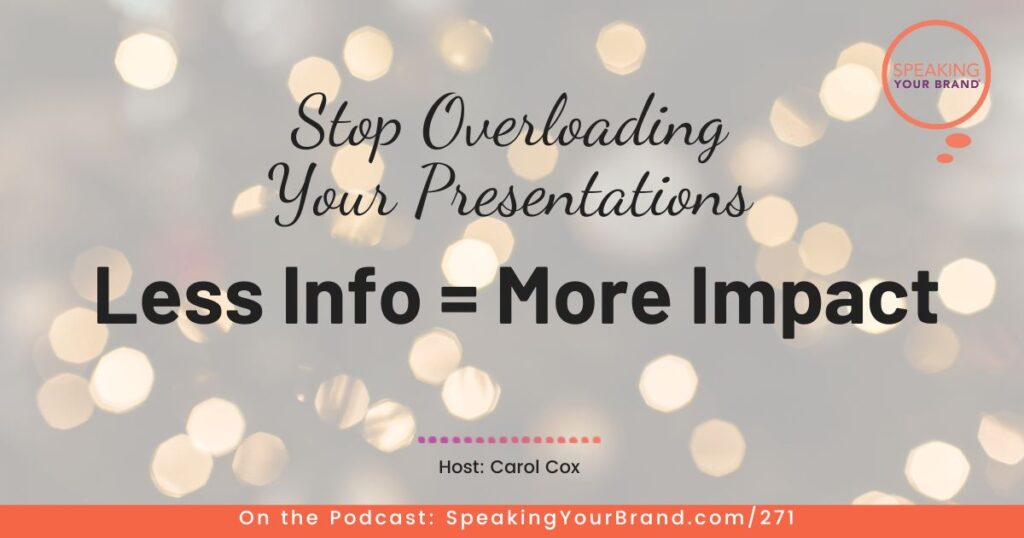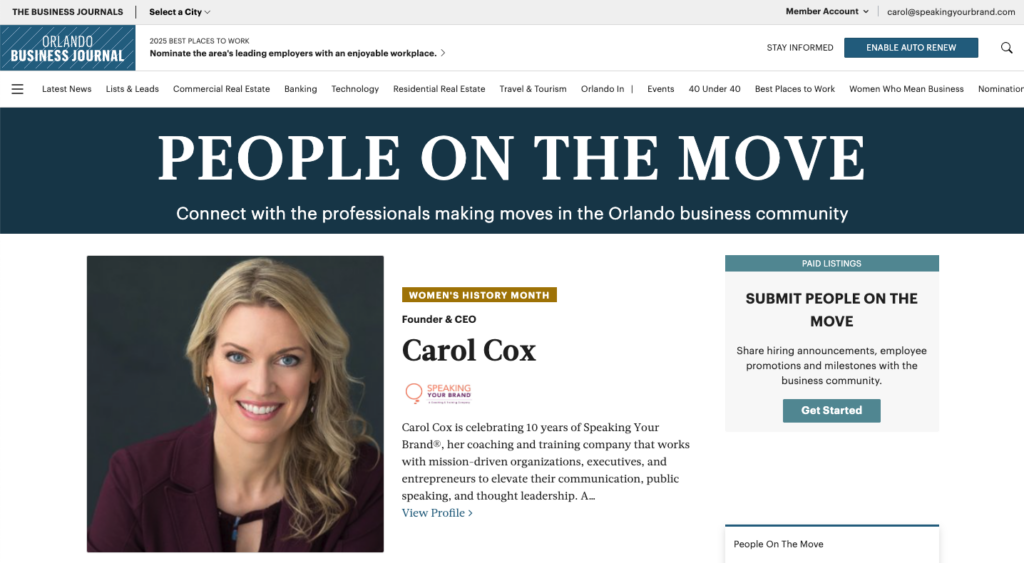A dream provides a path forward, illuminated by shared goals and values.
“I have a dream” – one of the most well-known refrains in contemporary history.
In his famous 1963 speech in Washington, D.C., Martin Luther King, Jr. prodded us out of our complacency, reminded us of our shared values, imagined a better world for all of us, and challenged us to make it happen.
That’s what your signature talk can – should – must – do for your audience.
Prod. Remind. Imagine. Challenge.
Your topic doesn’t have to be about world peace or equality to use this framework.
- What is your audience complacent about? What problems are they ignoring or not addressing that could soon affect their lives, businesses, or careers that you need to prod them about to get their attention?
- What is important to your audience? What values or worldview do you have in common that your talk needs to remind them about?
- What dream do you have for your audience? What vision are you holding for them? What do you imagine they can accomplish that they may not yet believe for themselves?
- Finally, what actions does your audience need to take to start moving to this better place? What’s the next step and how are you challenging and helping them get there?
Here’s an example:
- I prod my audience of women entrepreneurs and professionals to think about the importance of face-to-face interactions and of being a leader in their local community for building their businesses, instead of focusing entirely on online marketing and social media (which certainly has its place, but is not a replacement for getting to know people in person).
- I remind them of our shared values: integrity in business, building supportive relationships, empowering our clients and customers, and how speaking is an excellent way to demonstrate and share these values.
- I imagine a world for my audience in which they feel confident to share their message and pursue their goals, supported by the relationships they’ve nurtured around them.
- Finally, I challenge them to leap before they’re ready (really, no one ever feels 100% ready before they leap – that’s why it’s called a leap!). Whether it’s booking their first speaking engagement or sharing a message that makes them feel vulnerable but is important for their audience to hear, I encourage and support them to take that next step.
Think about how can you prod, remind, imagine, and challenge your audience.
By doing so, you become more than a source of facts and information (Google and Wikipedia have that covered).
Instead, you become a source of inspiration and influence. You challenge your audience to take that leap and they know you’re there to support them.
I’m here to challenge and support you as you create your signature talk and become a leader in your community. Sign up for a Going Deep Discovery Session to get started.
Worth Watching
You’ve most likely seen or heard Martin Luther King’s “I Have a Dream” speech. But, do you know why it works so well?
In this 7-minute video, communications strategist Nancy Duarte analyzes how MLK structured his talk to show the audience what is vs. what could be, including a mix of repetition, metaphor, familiar songs and literature, and political references, all of which made his speech so lyrical, impactful, and memorable.
Worth Reading
Nancy Duarte’s analysis of MLK’s speech comes from her outstanding book Resonate: Present Visual Stories that Transform Audiences.
Worth Listening To
How can you make the most of a newspaper or magazine article written about your business? How can you find journalists to write about you? Check out this fantastic, actionable, value-packed Biz Chix podcast episode #217 on How to Leverage Media Exposure with host Natalie Eckdahl and Donna Cravotta of Social Sage PR.
This week, I challenge you to take the next step on your speaking journey, whether it’s:
- attending a local group’s meeting that you want to speak at
- contacting an event organizer with your speaking proposal
- working on your signature talk
Get More Posts Like This – Sign Up for My Weekly Email Newsletter with Stories, Strategies, and Recommendations


